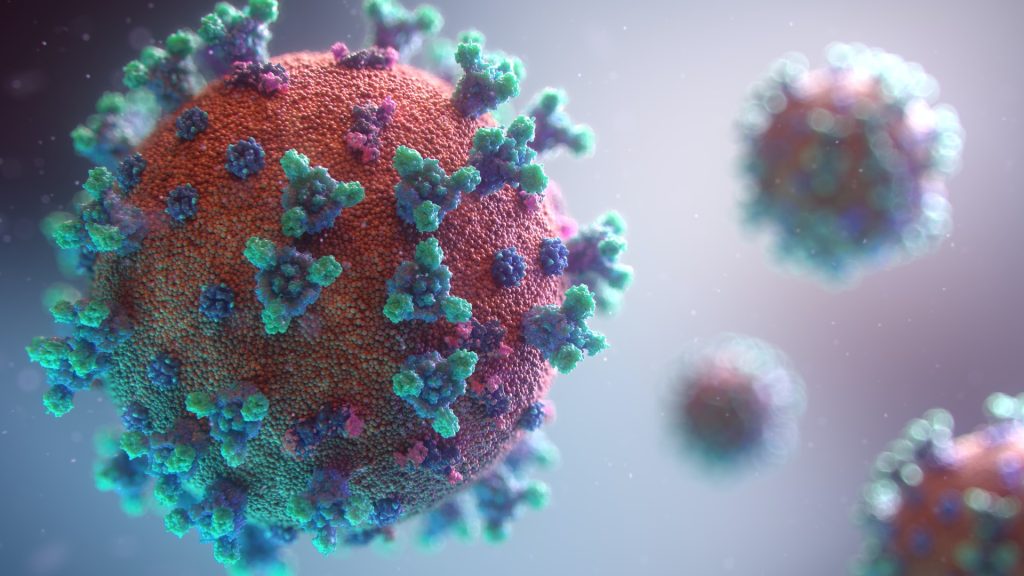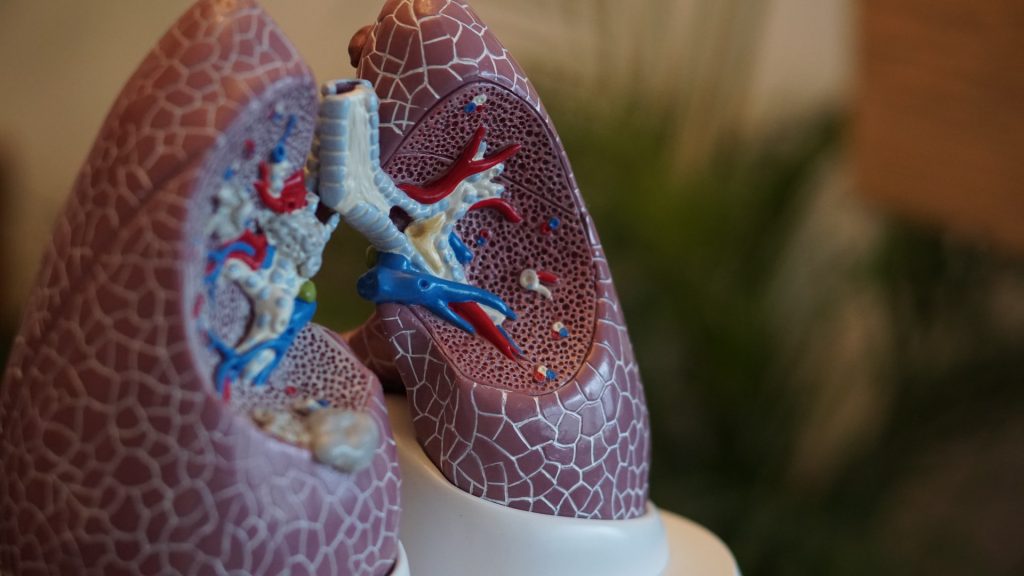Use of Nicotine-containing E-cigarettes Increases Blood Clot Formation

A new study found the use of e-cigarettes containing nicotine has a number of immediate effects, which include increased blood clot formation, blood vessel dysfunction, as well as raised heart rate and blood pressure.
These effects are similar to smoking traditional cigarettes with heart attack or stroke risk with long-term use, according to researchers. The study was presented at the ERS International Congress by Gustaf Lyytinen, a clinician at Helsingborg Hospital and researcher at the Karolinska Institute in Stockholm, Sweden.
Each of the 22 occasional smoker volunteers was tested before and after taking 30 puffs from an e-cigarette with nicotine, and before and after 30 puffs from an e-cigarette without nicotine. These two sets of tests were conducted on separate occasions, at least one week apart.
On each occasion, the researchers measured volunteers’ heart rate and blood pressure and took a blood sample before they used the e-cigarettes, then 15 minutes after use and again 60 minutes after use. A laser was used to measure dilation of skin blood vessels before volunteers used e-cigarettes and 30 minutes afterwards.
E-cigarettes with nicotine caused an immediate short-term change: a 23% average increase in blood clots after 15 minutes, that returned to normal levels after 60 minutes. Average heart rates also increased from 66bpm to 73bpm. as did blood pressure from 108mmHg to 117mmHg. Researchers observed temporary narrowing of blood vessels after nicotine-containing e-cigarettes use.
These effects were not observed after volunteers used e-cigarettes without nicotine. Nicotine is known to raise levels of hormones including adrenaline, which can increase blood clot formation.
Dr Lyytinen said: “Our results suggest that using e-cigarettes that contain nicotine have similar impacts on the body as smoking traditional cigarettes. This effect on blood clots is important because we know that in the long-term this can lead to clogged up and narrower blood vessels, and that of course puts people at risk of heart attacks and strokes.”
Source: European Respiratory Society






